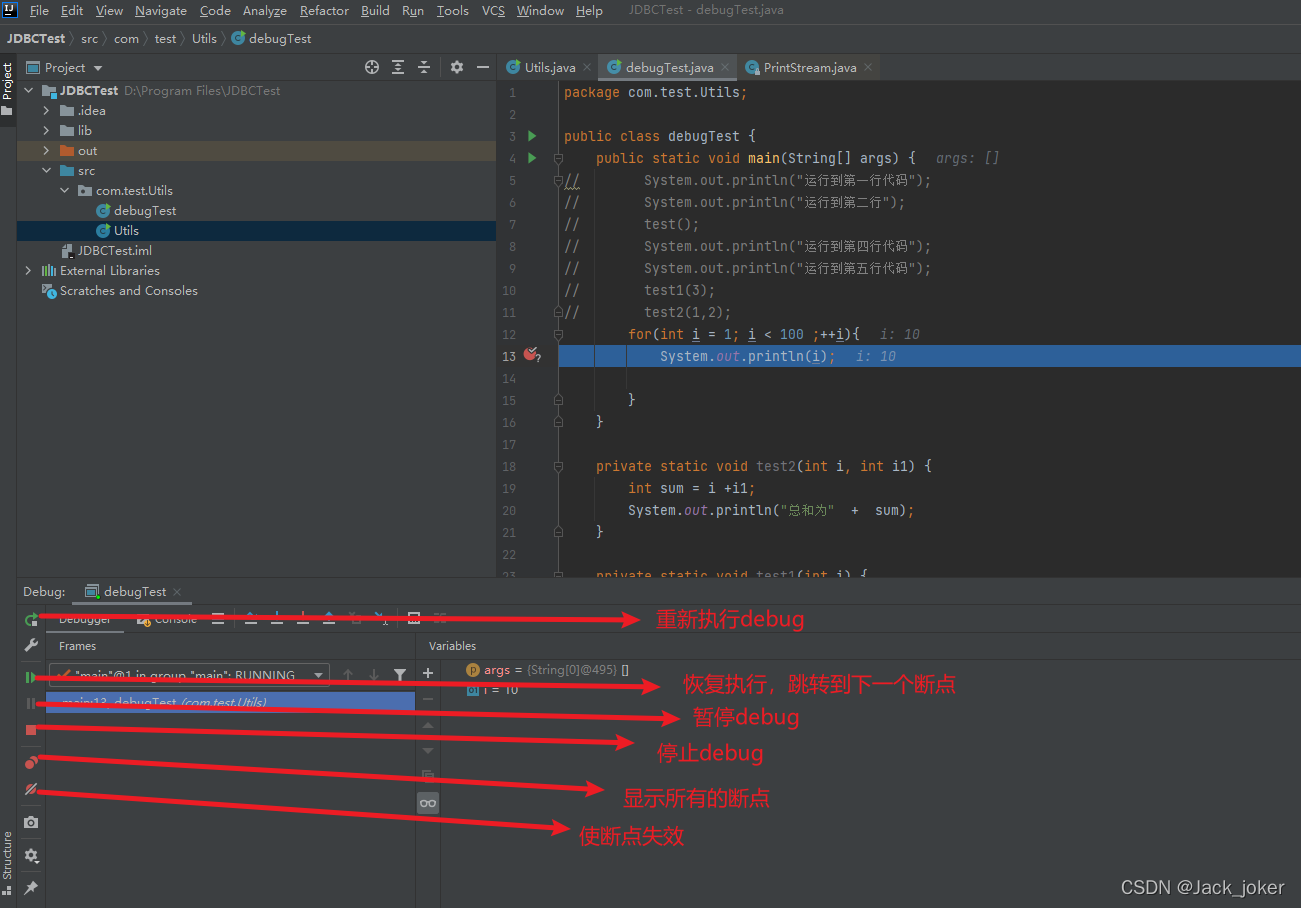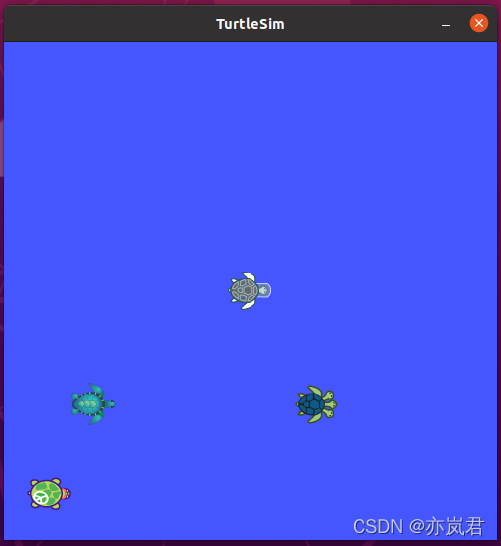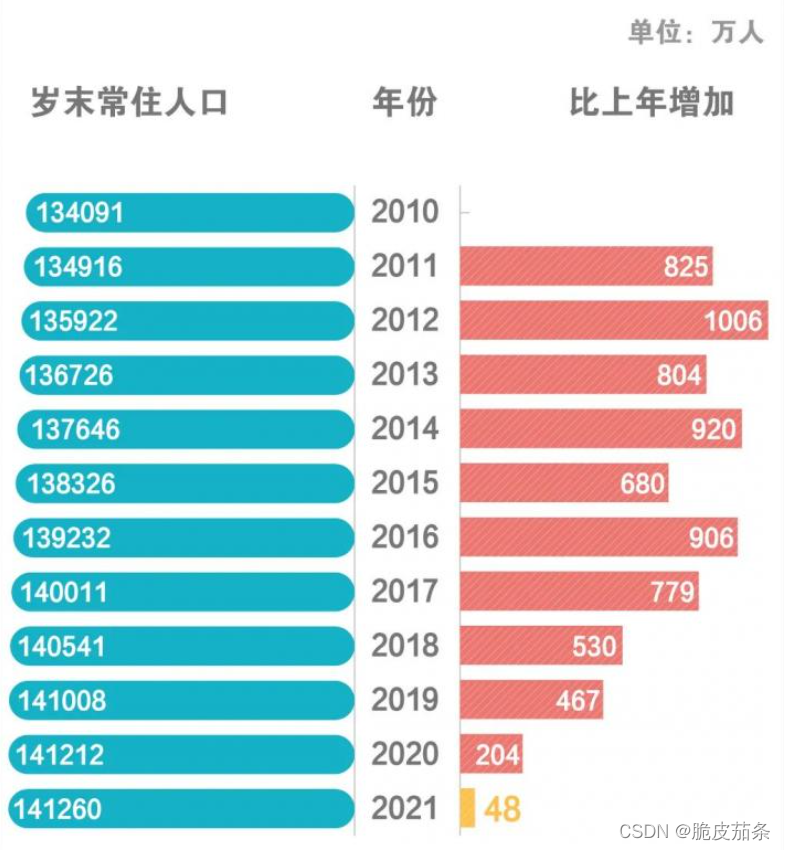当前位置:网站首页>The super large image labels in remote sensing data set are cut into specified sizes and saved into coco data set - target detection
The super large image labels in remote sensing data set are cut into specified sizes and saved into coco data set - target detection
2022-04-23 03:38:00 【Blue area soldier】
To be improved :
- The original large data set is not COCO Marked in , To be changed to COCO Mark the large drawing of the original dataset
- Species name and id The acquisition of is directly assigned , The following is changed to COCO The annotation format needs to be obtained from the dataset
thought : Use the sliding window to segment the large picture , Overlap a certain value when sliding at the same time , According to the sliding window image patch The proportion of the target bounding box in the original bounding box. Select whether to keep the annotation or not .
Method : Generate instance image tags and semantic image tags for each large image to determine the sliding window patch Whether the target in keeps the label , If the proportion is too small , such as patch Contains only one instance bbox A few dozen pixels , Proportion 0.01, I won't keep it .
# author scu cj
# Input : coco Format target detection data set
# Output : coco Format target detection data set
# parameters
# image_width: The width of the cut image
# image_height: The height of the cut image
# img_overlap: Number of overlapping pixels during cutting
# iou_thres: When the proportion of the target frame in the cut image block to the true value target frame is greater than, it is determined that there is a target in the cut image block and marked ( Generally speaking, the target detection box IOU Greater than 0.25 Only then )
import os
import numpy as np
import cv2
from natsort import natsorted
from requests import patch
from sklearn import neighbors
from tqdm import tqdm
import json
from skimage import measure
from skimage.measure import label,regionprops
import matplotlib.pyplot as plt
datasrc_dir = "/mnt/datas4t/PlaneRecogData/data/val"
#label_file = "/mnt/datas4t/PlaneRecogData/data"
datadst_dir = "/mnt/datas4t/PlaneRecogData/data_patch/val"
dst_labeljson_file = "/mnt/datas4t/PlaneRecogData/data_patch/instances_val.json"
coco_label = dict()
images = []
annotations = []
categories = {
}
image_width=512
image_height=512
img_overlap=128
iou_thres=0.25
coco_label["info"] = {
"image_width":512,
"image_height":512,
"patch_overlap":128,
"iou_thres":0.25
}
cat_name = "ABCDEFGHIJK"
cat_id = range(1, len(cat_name)+1)
categories = [{
"id":i,"name":j} for i,j in zip(cat_id, cat_name)]
img_id = 1
ann_id = 1
img = {
}
ann = {
}
files = [i for i in os.listdir(datasrc_dir) if os.path.isfile(datasrc_dir+"/"+i)]
files = natsorted(files) # Get all dimension data
root = datasrc_dir
with tqdm(range(0,len(files), 2)) as pbar:
for prno in range(0,len(files),2):
imagepath = root+"/"+files[prno+1]
labelpath = root+"/"+files[prno]
ori_image = cv2.imread(imagepath)
w,h,_ = ori_image.shape
with open(labelpath,"r") as jsonfile:
labeljson = json.load(jsonfile) # labeljson Is the annotation data of the large drawing
# Construct a binary annotation graph
labelimage = np.zeros(ori_image.shape)#.astype(int) # labelimage Is an example of a large drawing
semantic_label = np.zeros(ori_image.shape)#.astype(int) # semantic_label It is the semantic annotation diagram of the big picture
for i1 in range(len(labeljson["shapes"])): # Traverse every instance in the big picture
pt = labeljson["shapes"][i1] # Instance point annotation
labelimage = cv2.fillPoly(labelimage, np.array([pt["points"]]).astype(int), (i1+1,i1+1,i1+1)) # Different instances have different boxes
#plt.title("labelimage")
#plt.imshow(labelimage)
#plt.show()
cat_id = ord(pt["label"])-ord('A')+1 # Instance corresponding type annotation
semantic_label = cv2.fillPoly(semantic_label, np.array([pt["points"]]).astype(int), (cat_id,cat_id,cat_id)) # Different instances have different boxes
#print(labelpath)
objid,idcount = np.unique(labelimage, return_counts=True) # Count the number of image primes occupied by instances
#print(objid)
#print(idcount)
labelimage_statics = dict(zip(objid, idcount))
#print(labelimage_statics)
labelimage_statics.pop(0) # Remove the statistics of the background
# Cut the image
for sx in range(0, w, image_width-img_overlap):
for sy in range(0, h, image_height-img_overlap):
if sx+image_width<w:
ex = sx+image_width
else:
ex = w
sx = w-image_width
if sy+image_height<h:
ey = sy+image_height
else:
sy = h-image_height
ey = h
patch_file_name = datadst_dir+"/"+str(img_id)+".jpg"
img["file_name"] = patch_file_name
img["height"] = ey-sy
img["width"] = ex-sx
img["id"] = img_id
img_id = img_id + 1
labelpatch = labelimage[sy:ey,sx:ex,:]
patchimg = ori_image[sy:ey,sx:ex,:]
if labelpatch.max()==0:
# Explain that there is no goal ,label The maximum value of is equal to 0, Explain that there is no goal , Save directly without labels
cv2.imwrite(patch_file_name, patchimg)
images.append(img)
img = {
}
else:
# Otherwise, calculate patch The proportion of the box of the existing target instance in the overall dimension box , If the ratio is greater than 0.5 Just think it's a true value , And mark it
# objlabel Is the number of the instance in the image , labelarea It's statistics patch How many pixels are there in the instance of the target rotation box
objlabel,labelarea = np.unique(labelpatch, return_counts=True) # To get rid of 0
patch_statics = dict(zip(objlabel, labelarea))
patch_statics.pop(0)
# Calculate the proportion of each instance in the total
for k,v in patch_statics.items():
#print("k:"+str(k))
#print("v:"+str(v))
if (v/labelimage_statics[k])<iou_thres:
continue
# If it is less than the threshold, it doesn't matter , Otherwise, as the annotation of an instance box
# Get the category of the instance first
semantic_patch = semantic_label[sy:ey,sx:ex,:]
cat_id = semantic_patch[labelpatch==k][0]
ann["id"] = ann_id
ann_id += 1
ann["image_id"] = img["id"]
ann["category_id"] = cat_id
tempmat = np.copy(labelpatch)
tempmat = np.where(tempmat!=k, 0, 255)
# plt.figure()
# plt.title("patchimg")
# plt.imshow(patchimg)
# plt.figure()
# plt.title("labelpatch")
# plt.imshow(labelpatch)
# plt.figure()
# plt.title("temp")
# plt.imshow(tempmat)
# plt.show()
labeled_img = label(tempmat, connectivity=1, background=0, return_num=False)
annprops = regionprops(labeled_img)[0]
annsy,annsx,_,anney,annex,_ = annprops.bbox # Because the channel dimension is not removed
ann["bbox"] = [annsx,annsy,annex-annsx,anney-annsy]
#tempmat = cv2.rectangle(tempmat.astype(np.uint8),(23,24),(123,124),(255,0,0),5)
#tempmat = cv2.rectangle(patchimg.astype(np.uint8),(annsx,annsy),(annex,anney),(233,0,0),2)
# plt.figure()
# plt.title("tempmat")
# plt.imshow(tempmat)
# plt.show()
ann["area"] = annprops.area_bbox
ann["iscrowd"] = 0
annotations.append(ann)
ann = {
}
cv2.imwrite(patch_file_name, patchimg)
images.append(img)
img={
}
pbar.update(1)
coco_label["images"] = images
coco_label["annotations"] = annotations
coco_label["categories"] = categories
with open(dst_labeljson_file,"w") as fobj:
json.dump(coco_label, fobj)
版权声明
本文为[Blue area soldier]所创,转载请带上原文链接,感谢
https://yzsam.com/2022/04/202204220602025076.html
边栏推荐
- Design and implementation of redis (3): persistence strategy RDB, AOF
- "Visual programming" test paper
- Oracle JDK vs OpenJDK
- Unity basics 2
- Section 2 map and structure in Chapter 6
- 2022 团体程序设计天梯赛 模拟赛 1-8 均是素数 (20 分)
- The art of concurrent programming (5): the use of reentrantlock
- SQL topic exercise summary
- 2021-08-11
- Software testing process
猜你喜欢

2022 group programming ladder game simulation L2-4 Zhezhi game (25 points)

Opencv4 QR code recognition test

L3-011 直捣黄龙 (30 分)

(valid for personal testing) compilation guide of paddedetection on Jetson

Idea debug debugging tutorial

2022 团体程序设计天梯赛 模拟赛 L2-1 盲盒包装流水线 (25 分)

ROS series (IV): ROS communication mechanism series (5): Service Communication Practice

MySQL is completely uninstalled and MySQL service is cleaned up

Design and implementation of redis (1): understand data structures and objects

Now is the best time to empower industrial visual inspection with AI
随机推荐
Applet - more than two pieces of folding and expansion logic
JS takes out the same elements in two arrays
Translation of l1-7 matrix columns in 2022 group programming ladder Simulation Competition (20 points)
ROS series (V): common commands in ROS
Common exceptions
Idea debug debugging tutorial
Design and implementation of redis (4): what is the event driver of redis
ROS series (IV): ROS communication mechanism series (6): parameter server operation
ROS series (IV): ROS communication mechanism series (1): topic communication
Install PaddlePaddle on ARM
ROS series (II): ROS quick experience, taking HelloWorld program as an example
PYMOL-note
Basic usage of Google colab (I)
2022 group programming ladder simulation match 1-8 are prime numbers (20 points)
Applet - WXS
VS Studio 修改C语言scanf等报错
Commonly used classes
Redis (17) -- redis cache related problem solving
Punch in: 4.22 C language chapter - (1) first knowledge of C language - (11) pointer
Design and implementation of redis (3): persistence strategy RDB, AOF